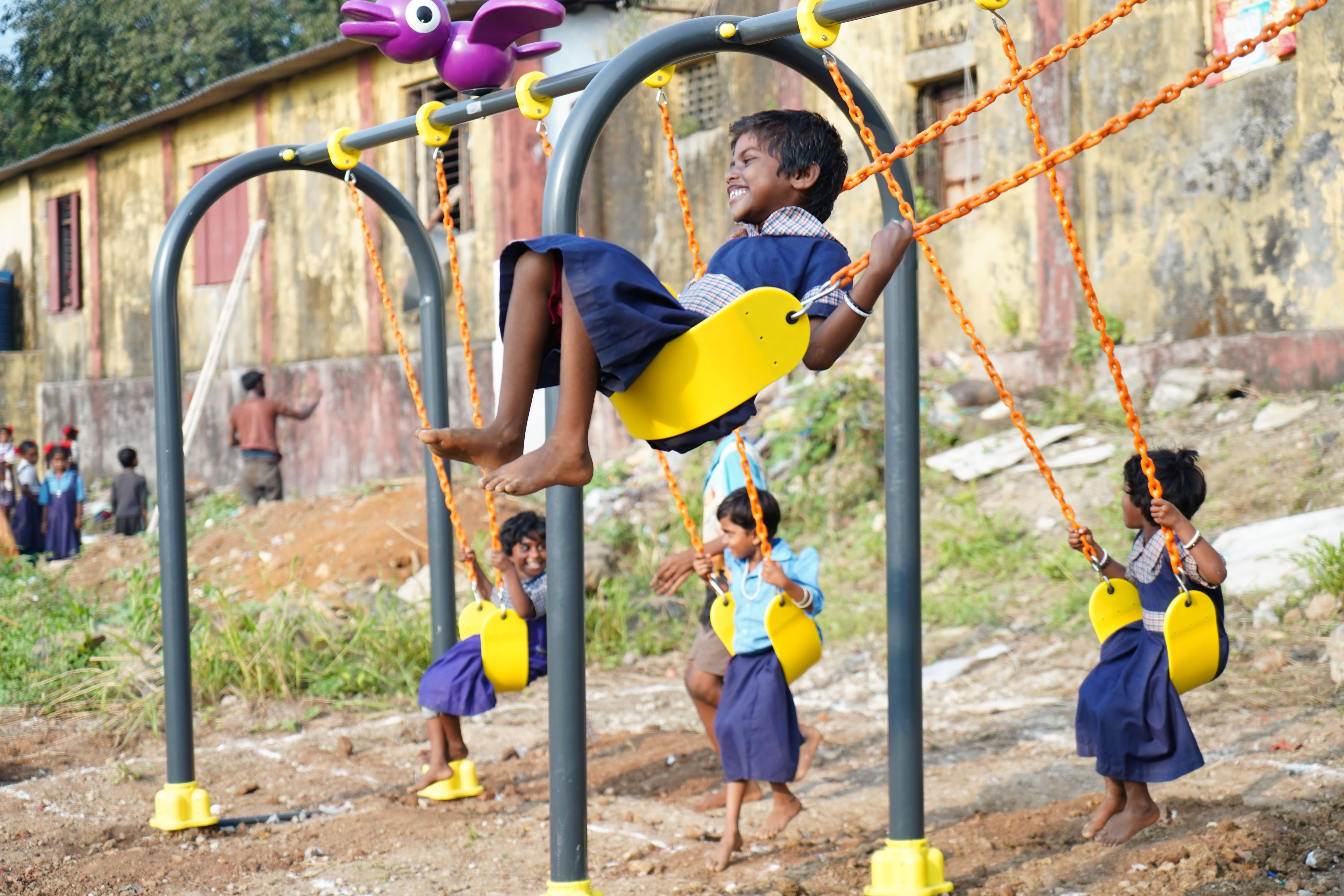Latest Posts
Loading latest posts...
Meta Description: Planning a school playground? Discover the essential features every school play area should include—from motor skill stations to inclusive zones and thematic learning units.
In schools, playgrounds aren’t just about recess—they're crucial developmental zones. Play areas promote motor skill growth, social-emotional learning, and even cognitive development. But for that to happen, the playground must be more than just a swing set and a slide.
Let’s explore the core components every school playground must include.

Every school playground should feature sections that encourage different physical abilities:
Try: Bellatrix — A compact yet modular play system that addresses various motor skills in a single footprint.
School playgrounds must cater to all children—including those with mobility, sensory, or neurodiverse needs:
Ask your manufacturer for inclusive modules built to BIS or EN1176 standards.
Encourage storytelling, role-play, and collaborative imagination with theme-based equipment:
Try: Ulta Ghar – A quirky, upside-down playhouse that inspires curiosity and creative play.
Playgrounds can teach too! Integrate panels that reinforce classroom concepts:
Try: Phula – Offers a multisensory experience ideal for primary school learners.
Segment the playground by age group:
Helps reduce crowding, accidents, and supports developmentally appropriate play.
Must-have safety elements include:
In hot or rainy climates, consider:
Always include seating for teachers and caregivers:
Supervision areas reduce behavioral incidents and encourage safe play.
Link playgrounds to nature:
Use natural textures and themes like FunPlay’s Nature Sparsh series to balance concrete with calm.
Add custom panels with:
This adds emotional ownership and branding to the space.
Ideally, zones should be designed separately for preschool, primary, and middle school to ensure safe and appropriate play.
Yes. Panels with numbers, letters, and logic games help reinforce classroom learning in a hands-on environment.
By including ramps, tactile surfaces, quiet zones, and accessible equipment that follows inclusive design principles.
Latest Posts
Loading latest posts...